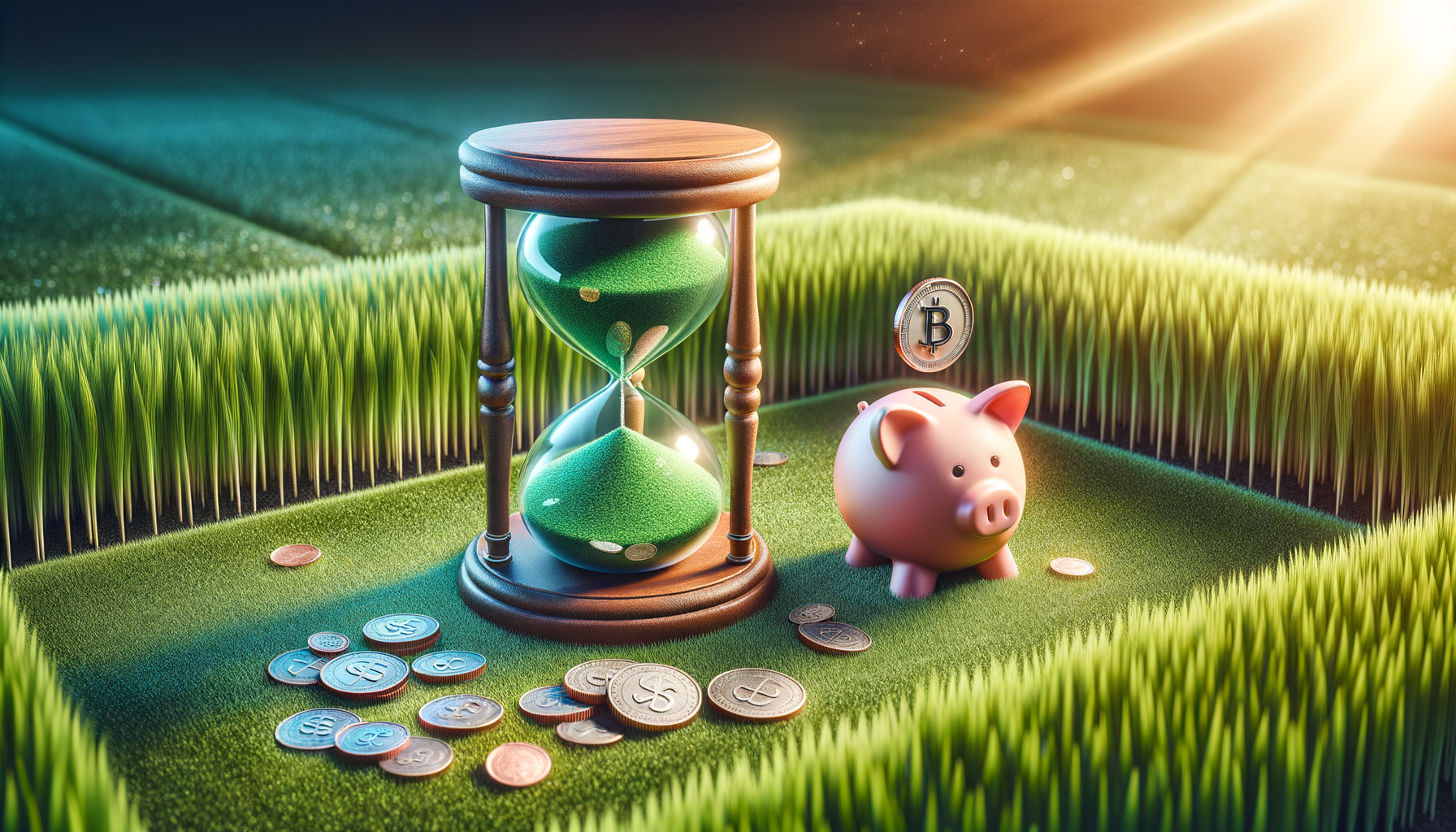Understanding Artificial Grass
Artificial grass, often referred to as synthetic turf, is a surface made of synthetic fibers designed to look like natural grass. Originally used in sports arenas, it has gained popularity for residential lawns and commercial applications due to its low maintenance and aesthetic appeal. The fibers are typically made from polyethylene, polypropylene, or nylon, and are designed to withstand various weather conditions.
One of the key reasons for the growing popularity of artificial grass is its durability. Unlike natural grass, which requires regular watering, mowing, and fertilizing, artificial grass remains lush and green year-round with minimal effort. This makes it an attractive option for those living in areas prone to drought or water restrictions.
Moreover, artificial grass is environmentally friendly in certain aspects. It eliminates the need for pesticides and fertilizers, which can leach into groundwater. Additionally, it reduces water usage significantly, an important factor in regions facing water scarcity. However, it’s essential to consider the environmental impact of its production and disposal, as the materials used are not biodegradable.
Benefits of Artificial Grass
Artificial grass offers numerous benefits that make it an appealing choice for homeowners and businesses alike. Here are some of the standout advantages:
- Low Maintenance: Artificial grass requires minimal upkeep. There’s no need for watering, mowing, or fertilizing, which saves time and money.
- Water Conservation: By eliminating the need for watering, artificial grass significantly reduces water consumption, making it an eco-friendly option in drought-prone areas.
- Cost-Effective: While the initial installation cost can be higher than seeding a natural lawn, the long-term savings on water bills and maintenance equipment can offset this expense.
- All-Weather Usage: Artificial grass remains green and usable throughout the year, regardless of weather conditions. It doesn’t get muddy, making it ideal for outdoor activities even after rain.
- Aesthetic Appeal: With advancements in technology, artificial grass now closely resembles natural grass, providing a lush, green appearance that enhances curb appeal.
Installation and Costs
Installing artificial grass involves several steps, including site preparation, laying the base, and securing the turf. The process begins with removing the existing lawn or surface, followed by compacting the ground to create a stable base. A layer of sand or crushed stone is then spread and compacted to ensure proper drainage and stability. Finally, the artificial turf is rolled out, cut to fit the area, and secured in place.
The cost of installation can vary widely depending on factors such as the size of the area, the quality of the turf, and labor costs. On average, installation costs in the U.S. range from $3 to $20 per square foot. While this might seem expensive compared to natural grass, the long-term savings on water and maintenance can make it a cost-effective choice.
It’s important to choose a reputable installer to ensure the turf is laid correctly and will last for years. Some companies offer warranties that cover the turf for up to 15 years, providing peace of mind and protecting your investment.
Comparing Artificial Grass and Natural Grass
When deciding between artificial and natural grass, several factors should be considered. Both have their pros and cons, and the choice largely depends on personal preferences and specific needs.
Maintenance: Natural grass requires regular mowing, watering, and fertilizing, which can be time-consuming and costly. In contrast, artificial grass requires minimal upkeep, making it a convenient option for busy homeowners.
Environmental Impact: While artificial grass conserves water and eliminates the need for pesticides, its production and disposal raise environmental concerns. Natural grass, on the other hand, provides habitats for wildlife and contributes to air quality but requires significant water and chemical inputs.
Cost: The initial cost of artificial grass is higher, but the long-term savings on maintenance and water can make it more economical over time. Natural grass is cheaper to install but incurs ongoing costs for upkeep.
Aesthetic and Feel: While artificial grass has improved in appearance, some people still prefer the look and feel of natural grass. Natural grass provides a cooler surface in hot weather, whereas artificial grass can become warm under direct sunlight.
Conclusion: Is Artificial Grass Right for You?
Choosing between artificial and natural grass is a decision that depends on various factors, including budget, environmental concerns, and personal preferences. Artificial grass offers a low-maintenance, cost-effective solution that conserves water and looks great year-round. However, it’s essential to consider the environmental impact of its production and disposal.
For those who value convenience and long-term savings, artificial grass is an excellent option. It provides a lush, green lawn without the hassle of regular maintenance. On the other hand, if you enjoy gardening and prefer a natural look and feel, natural grass might be the better choice.
Ultimately, the decision should align with your lifestyle, values, and the specific needs of your outdoor space. Whether you choose artificial or natural grass, both options offer unique benefits that can enhance your home’s curb appeal and functionality.



Leave a Reply